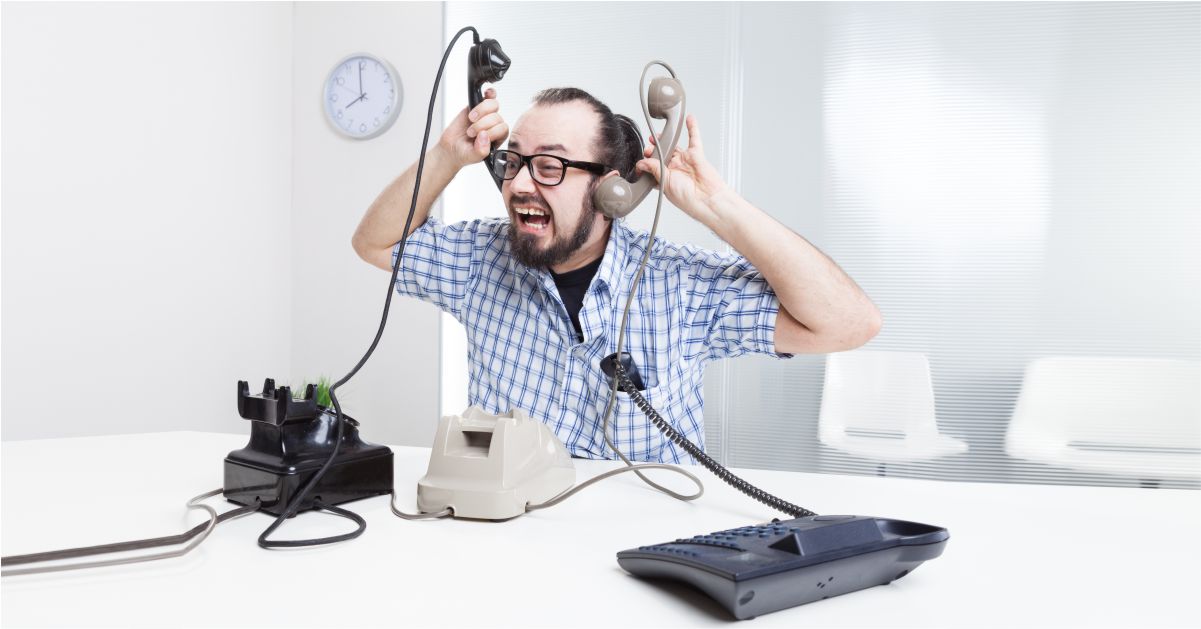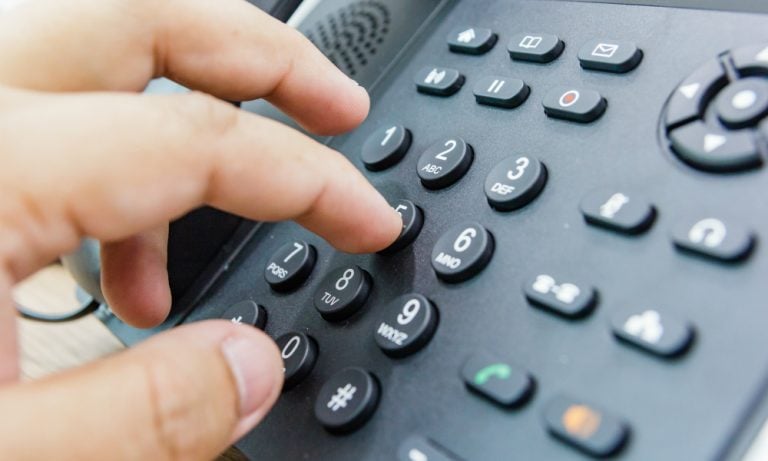All Categories
Featured
Table of Contents
- – Best Faqs - The Phone Answering Dealer Near Me
- – Best What Is An Answering Service And Why Use ...
- – Is It Worth Paying For 10 Sectors That Can Ben...
- – Is It Worth Paying For What To Look For In A ...
- – What Is The Best Call Answering & Reception S...
- – Which Is The Best A Complete Guide For Using...
Best Faqs - The Phone Answering Dealer Near Me
This device and its followers were designed by Sava Jacobson, an electrical engineer with a personal consulting organization. While early answering devices used magnetic tape innovation, a lot of contemporary devices utilizes solid state memory storage; some gadgets use a mix of both, with a solid-state circuit for the outbound message and a cassette for the incoming messages.
"toll saving" listed below) (business answering service). This is beneficial if the owner is screening calls and does not want to speak with all callers. In any case after going, the calling party must be notified about the call having been responded to (most of the times this begins the charging), either by some remark of the operator, or by some greeting message of the little, or dealt with to non-human callers (e.
This holds specifically for the TADs with digitally saved greeting messages or for earlier makers (before the rise of microcassettes) with a special limitless loop tape, different from a 2nd cassette, dedicated to recording. There have actually been answer-only devices without any recording capabilities, where the welcoming message had to notify callers of a state of current unattainability, or e (business answering service).
Best What Is An Answering Service And Why Use One? Store Near Me

about availability hours. In recording Little bits the welcoming usually consists of an invitation to leave a message "after the beep". An answering maker that utilizes a microcassette to tape-record messages On a dual-cassette answerphone, there is an outbound cassette, which after the defined variety of rings plays a pre-recorded message to the caller.

Single-cassette answering makers consist of the outbound message at the start of the tape and incoming messages on the staying space. They initially play the statement, then fast-forward to the next readily available area for recording, then tape-record the caller's message. If there are many previous messages, fast-forwarding through them can cause a considerable delay.
This beep is typically described in the greeting message, requesting that the caller leave a message "after the beep". TADs with digital storage for the tape-recorded messages do disappoint this hold-up, of course. A little bit may provide a push-button control center, whereby the answerphone owner can call the house number and, by entering a code on the remote telephone's keypad, can listen to taped messages, or delete them, even when far from home.
Is It Worth Paying For 10 Sectors That Can Benefits From A Phone Answering Service?

Thus the machine increases the variety of rings after which it addresses the call (normally by two, resulting in four rings), if no unread messages are presently kept, however responses after the set number of rings (normally 2) if there are unread messages. This enables the owner to learn whether there are messages waiting; if there are none, the owner can hang up the phone on the, e.
Some machines likewise allow themselves to be from another location triggered, if they have actually been changed off, by calling and letting the phone ring a particular large number of times (usually 10-15). Some service suppliers desert calls currently after a smaller sized variety of rings, making remote activation difficult. In the early days of TADs a special transmitter for DTMF tones (dual-tone multi-frequency signalling) was regionally needed for remote control, because the previously used pulse dialling is not apt to communicate proper signalling along an active connection, and the dual-tone multi-frequency signalling was implemented step-by-step.
Any incoming call is not recognizable with respect to these residential or commercial properties in advance of going "off hook" by the terminal equipment. So after going off hook the calls need to be switched to appropriate devices and just the voice-type is right away accessible to a human, however possibly, nevertheless ought to be routed to a TAD (e.
Is It Worth Paying For What To Look For In A Phone Answering Service For Your ...?
What if I informed you that you do not need to in fact choose up your device when answering a customer call? Someone else will. So convenient, best? Answering telephone call does not require someone to be on the other end of the line. Effective automated phone systems can do the trick just as effectively as a live agent and sometimes even much better.
An automatic answering service or interactive voice response system is a phone system that communicates with callers without a live individual on the line - virtual telephone answering. When business utilize this innovation, clients can get the answer to a question about your organization merely by using interactions established on a pre-programmed call circulation.
Although live operators update the customer care experience, lots of calls do not require human interaction. A simple taped message or guidelines on how a client can obtain a piece of information usually solves a caller's immediate need - business answering service. Automated answering services are a basic and efficient method to direct inbound calls to the ideal individual.
What Is The Best Call Answering & Reception Services - Office Shed Out Today
Notice that when you call a company, either for support or product inquiry, the first thing you will hear is a pre-recorded voice welcoming and a series of choices like press 1 for customer care, press 2 for queries, and so on. The pre-recorded options branch off to other options depending on the consumer's selection.
The phone tree system helps direct callers to the best individual or department utilizing the keypad on a cellphone. In some instances, callers can utilize their voices. It deserves noting that auto-attendant alternatives aren't restricted to the ten numbers on a phone's keypad. As soon as the caller has picked their first option, you can develop a multi-level auto-attendant that uses sub-menus to direct the caller to the right type of support.
The caller does not have to communicate with a person if the auto-attendant phone system can manage their issue. The automatic service can route callers to an employee if they reach a "dead end" and need support from a live agent. It is expensive to hire an operator or executive assistant.
Which Is The Best A Complete Guide For Using Automated Answering Systems Company
Automated answering services, on the other hand, are significantly less costly and provide significant expense savings at an average of $200-$420/month. Even if you don't have actually dedicated personnel to manage call routing and management, an automated answering service enhances productivity by permitting your team to focus on their strengths so they can more effectively spend their time on the phone.
A sales lead routed to customer care is a lost shot. If a consumer who has item questions reaches the incorrect department or receives incomplete responses from well-meaning employees who are less trained to manage a particular kind of question, it can be a reason for frustration and dissatisfaction. An automated answering system can decrease the number of misrouted calls, consequently helping your employees make much better use of their phone time while releasing up time in their calendar for other jobs.
With Automated Answering Systems, you can create an individualized experience for both your staff and your callers. Make a recording of your primary greeting, and simply update it routinely to reflect what is going on in your organization. You can create as many departments or menu options as you desire.
Table of Contents
- – Best Faqs - The Phone Answering Dealer Near Me
- – Best What Is An Answering Service And Why Use ...
- – Is It Worth Paying For 10 Sectors That Can Ben...
- – Is It Worth Paying For What To Look For In A ...
- – What Is The Best Call Answering & Reception S...
- – Which Is The Best A Complete Guide For Using...
Latest Posts
Best Answering Services For Small Businesses Near Me – South East Queensland
Call Management Service
Virtual Reception Solutions ( Hervey Bay)
More
Latest Posts
Best Answering Services For Small Businesses Near Me – South East Queensland
Call Management Service
Virtual Reception Solutions ( Hervey Bay)